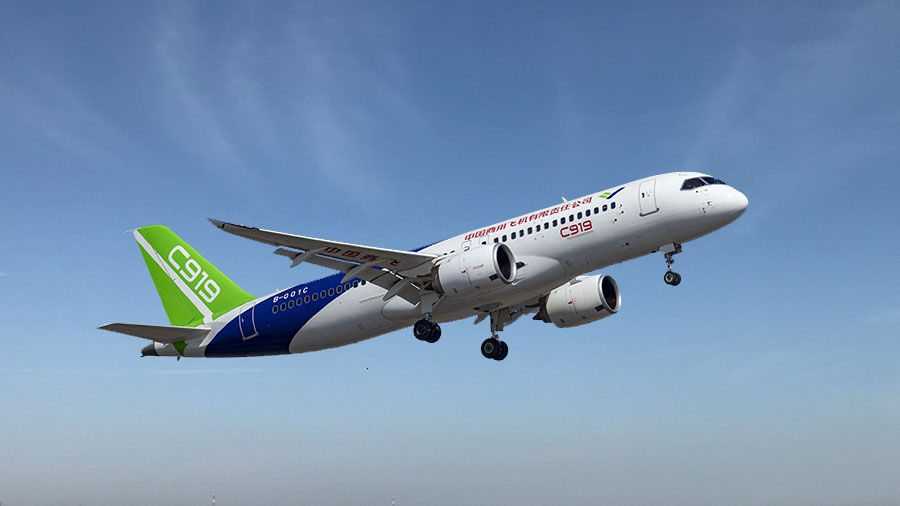The Chinese-Made C919: A Dual Perspective on Geopolitical Threat and Industry Advancement
- Ahmed
- May 29, 2023
- 3 min read

The development of China's homemade C919 commercial aircraft has generated contrasting reactions within the aviation industry. While it poses a potential threat to those seeking to contain China's influence, it also represents a significant achievement for the aviation industry and all airlines. The emergence of the C919 challenges existing dynamics, raises questions about market competition, and offers new opportunities for airlines worldwide.
This article delves into the dual perspective surrounding the C919, highlighting its potential as both a geopolitical threat and a remarkable accomplishment for the aviation sector.
A Challenge to Those Wanting to Contain China
For those aiming to contain China's influence, the successful production and widespread adoption of the C919 pose a significant challenge. China's advancement in domestic aircraft manufacturing reduces its dependence on foreign manufacturers, enhancing self-sufficiency and mitigating external pressures. With China being the world's second-largest aviation market, the growth of its domestic capabilities threatens the dominance of Western aircraft manufacturers, potentially tilting the balance of power and influence in the industry. This poses challenges for those seeking to limit China's economic and geopolitical reach.
An Achievement for the Aviation Industry
From a broader perspective, the development and introduction of the C919 signify a remarkable achievement for the aviation industry as a whole. The successful creation of a domestically-produced narrow-body commercial aircraft highlights China's progress in technological innovation, manufacturing capabilities, and industry expertise. The C919's entry into the market fosters healthy competition, stimulating further advancements and improvements across the industry. It provides airlines worldwide with an additional option and potential alternative to the established offerings of Boeing and Airbus, promoting diversity and choice in aircraft selection.
Opportunities for Airlines and Enhanced Competition
The C919's introduction presents opportunities for airlines seeking cost-effective alternatives and increased bargaining power with aircraft manufacturers. As the Chinese-made aircraft gains market acceptance, it may lead to a more competitive pricing environment, driving down costs and benefiting passengers. The presence of an additional player in the narrow-body segment encourages market competition, compelling Boeing and Airbus to innovate and refine their products to maintain their competitive edge. Ultimately, airlines stand to benefit from the expanded options and potential cost savings resulting from this heightened competition.
Implications for Global Aviation Market Dynamics
The emergence of the C919 underscores the shifting dynamics within the global aviation market. It challenges the traditional duopoly of Boeing and Airbus, indicating the potential for a more diverse and multi-polar industry landscape. As China establishes itself as a significant player, traditional market leaders must recalibrate their strategies to adapt to this new reality. The competitive pressure from the C919 could drive innovation, spur investments in research and development, and accelerate advancements in aircraft technology. This, in turn, benefits airlines and passengers by providing them with more efficient and technologically advanced aircraft options.
In conclusion Chinese-made C919 aircraft simultaneously poses a potential threat to those seeking to contain China's growth while serving as a commendable achievement for the aviation industry and all airlines.
Its emergence challenges the existing order, providing airlines with greater choices, enhanced competition, and potentially more cost-effective options. However, it also raises concerns among those attempting to limit and contain the rise of China.
As the aviation industry navigates this evolving landscape, collaboration and healthy competition will be crucial in balancing geopolitical considerations with technological advancements. The impact of the C919 on the global aviation sector will continue to unfold, shaping the industry's future and providing opportunities for growth and innovation.